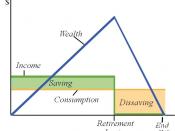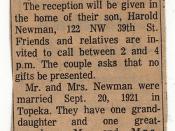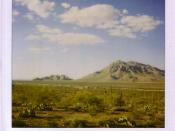There are obvious signs that we are all growing older. The outward physical appearance of someone is usually the most obvious of those changes. But, there are also developmental stages that are also identified within certain age groups. The age groups discussed in this essay will cover middle adulthood, later adulthood and finally very old age.
Middle adulthood (34 to 60 years) is defined by Newman as the stage where the psychosocial crisis for that age group is Generativity versus Stagnation. The middle age adultÃÂs developmental tasks may include the management of their career, nurturing the marital relationship, if theyÃÂre married, expanding other caring relationships with friends and family and the management of their households.
Later adulthood (age 60 to 75 years) psychosocial crisis is Integrity versus Despair. The developmental tasks that the later adult is facing are the promotion of intellectual vigor, redirection of energy towards new roles, acceptance of ones life, and finally a development of a point of view concerning death.
The last stage Very Old Age (75 years until death), psychosocial crisis according to Newman and Newman is Immortality vs. Extinction. In this final stage the main developmental tasks for the very old are coping with the physical changes of aging, development of a psycho-historical perspective and traveling through un-chartered terrain.
Why people age isn't understood by many. But some aspects of aging result when cells can no longer divide and replace themselves as they die. Some cells also begin to lose their ability to repair mistakes in the DNA which leads to abnormalities such as cancer. Another cause of aging may be destructive molecular fragments known as free radicals, which damage DNA, proteins, and lipids. The average American woman lives seventy-nine years while the average man lives seventy-two years. However, with advances in health care...


